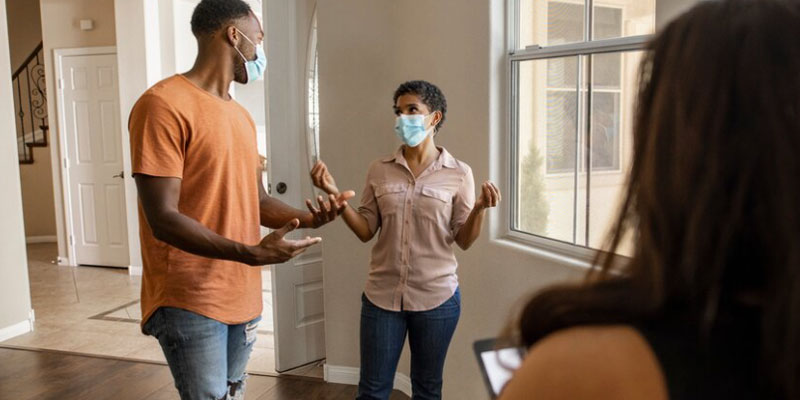What Amount Should You Deposit on a House?
Feb 05, 2024 By Susan Kelly
Some lenders altered their underwriting procedures in response to the economic unpredictability brought on by the epidemic, making it more challenging for applicants with lower credit scores to be accepted. A hefty down payment may also increase your chances of getting a loan approved in the current seller's market, making it simpler to win a bidding war.
Which Type Of Down Payment Is Typically Required When Buying A Home?
Although there isn't a universally applicable amount for a home down payment, the standard rule is 20%. As an illustration, some lending programs require a 3% or 5% down payment, while others don't.
The primary argument for considering a 20% down payment is that to avoid private mortgage insurance; you will need it if you have a typical loan. However, according to the National Association of Realtors Realtors Confidence Index, 72% of homebuyers put less than 20% down on their mortgage loans.
How Much of a Down Payment Should You Make?
There is no perfect deposit amount; instead, several factors must be considered. Your monthly housing budget, loan program, financial reserves, objectives for purchasing a home, and the current status of the market all affect how much you will need for a down payment.
The more the down payment you make, the lower your monthly mortgage payment will be. There are possibilities for lower down payments, and some don't demand one, though a 20% down payment is a good benchmark if you can afford it.
In reality, many buyers put down far less than 20%. The typical down payment in 2019 was 12% for all purchasers, 6% for first-time buyers, and 16% for repeat buyers, according to the most recent data from the National Association of Realtors.
How Do Down Payments on Homes Affect COVID-19?
Due to the increased risk of default and forbearance brought on by COVID-19, certain lenders have tougher requirements for admitting borrowers.
How secure is your place of work?

Only you can determine the ideal down payment; lenders cannot. When determining the sum, take into account the following: your mortgage payment each month. If you put more money down, your monthly payments and the total amount of borrowing will be cheaper. Due to the size of home loans, a large down payment is frequently required to reduce your monthly payment significantly.
If you have some flexibility with the amount you can put down, conduct some math to discover the difference in your monthly payment and what works best for your budget. As an illustration, consider a $250,000 home.
However, you might wish to do so to avoid PMI if you have the financial means to make a larger down payment.
Closing Costs.
Consider your closing costs when deciding how much money to put down on your next home. These typically represent 2% to 5% of the price of the home and can be paid in advance or financed.
Closing costs must be financed because paying them in cash raises your monthly payment and overall interest charges while preventing you from using that money for a down payment. Because you will pay, you must decide what is best for you either way.
A Reserve Account.

The more you put down, the lower your monthly mortgage payment because you'll be financing less of the home's purchase price. You risk falling into difficulty if you squander all of your savings.
Putting as much down as you can as a down payment, says Nadia Aziz, general manager of home loans at Opendoor, "may keep your monthly payments low and help you establish equity faster." " However, potential home buyers must also confirm that they have enough money in their bank accounts to pay continuous living expenses, such as those for food, medical care, and other needs. Your monthly budget should account for the upkeep costs that come with being a homeowner."
Is Assistance With Down Payment Available?
Qualified buyers may be helped by several federal, state, and local programs, but you will typically need to meet program requirements.
State programs, for instance, may offer a grant or a second mortgage to cover the down payment and a portion of closing expenses for creditworthy customers who meet lending requirements.
Specific programs might be restricted and only open to low-income homebuyers. For instance, you might have to live in the home you buy for a certain amount of time before a second loan for the down payment and closing charges are forgiven. If not, you'll have to return the funds loaned to you.





